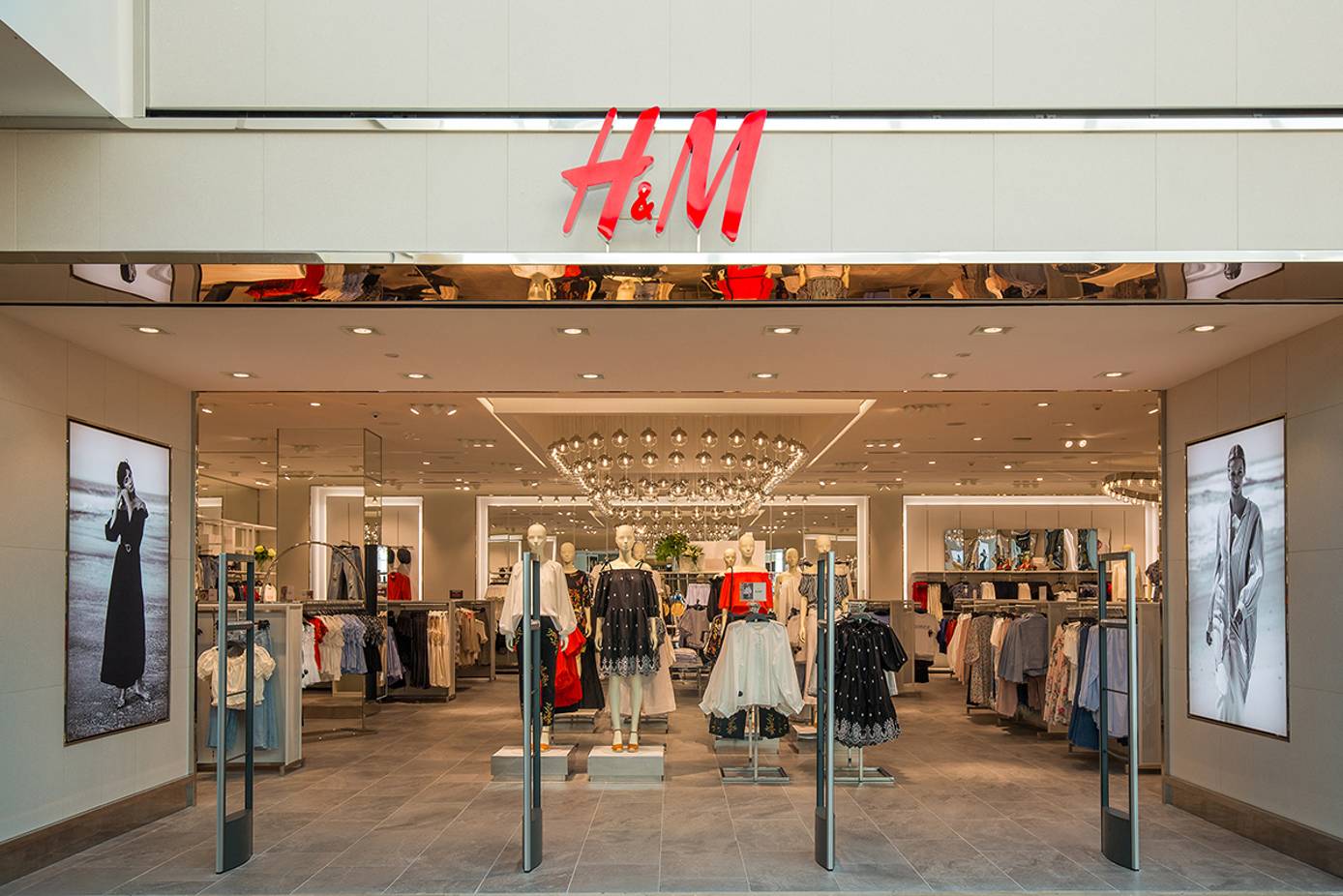The Data-Driven Runway: How Predictive Analytics is Redefining Fashion Retail

In the world of fashion, staying one step ahead is not just a goal—it’s a necessity. As trends shift, seasons change, and customer preferences evolve faster than ever, fashion retailers are faced with the challenge of keeping pace with an industry driven by rapid cycles and unpredictable demand. In this race for relevance, creativity alone isn’t enough. Behind the scenes of the fashion houses and runways lies a powerful tool—one that is quietly revolutionizing the way the industry operates: predictive analytics.
Imagine being able to anticipate the next big trend before it hits the streets, knowing precisely which products will fly off the shelves, or delivering a personalized shopping experience so finely tuned that each customer feels like the brand was made for them. This is no longer a futuristic dream; it’s the reality for fashion brands leveraging the power of data to not just react but to predict the future. In this blog, we’ll explore how predictive analytics has become the secret weapon that’s transforming fashion retail.
Predictive analytics involves using historical data, statistical algorithms, machine learning, and data mining to predict future outcomes. For fashion retailers, this means analyzing past consumer behaviours, market trends, and other relevant data to make informed decisions about what comes next. Let’s explore how predictive analytics has become the fashion industry's secret weapon.
Fashion is notoriously trend-driven, and predicting the next big thing can make or break a retailer. Traditionally, brands have relied on intuition, runway shows, and influencers to spot emerging trends. While these methods remain important, predictive analytics adds a powerful, data-driven layer by analyzing social media activity, search engine trends, purchase histories, and even weather patterns to predict what will be popular next.


For instance, Zara, known for its fast-fashion model, uses real-time data from stores and online shopping trends to rapidly design and produce styles that align with customer preferences. By tapping into these insights, Zara is able to continuously offer fresh and trendy items, reducing the risk of missing out on emerging trends. Stitch Fix, a personalized styling service, employs machine learning algorithms to predict trends and tailor personalized outfits for customers based on past purchases and style preferences, ensuring its offerings are always in line with the latest fashion movements.
Optimizing Inventory: The Right Stock at the Right Time
Inventory management is one of the toughest challenges for fashion retailers. Overstocking can lead to massive markdowns and wasted resources, while understocking can result in missed sales and frustrated customers. Predictive analytics helps retailers forecast demand, allowing them to stock the right amount of inventory, based on historical sales data, seasonal trends, and other variables. For instance, H&M uses AI-driven analytics to predict which items will sell at different times of the year.

By accurately forecasting demand, H&M can reduce excess inventory, cut down on waste, and offer competitive pricing. The data also helps streamline production schedules, allowing them to restock popular items quickly.
Personalizing Marketing: A Tailored Experience for Every Customer
Today's consumers expect personalized shopping experiences, and predictive analytics allows retailers to deliver just that. By analyzing customer behaviour—such as browsing habits, purchase history, and engagement across platforms—predictive analytics helps retailers create targeted marketing campaigns and tailored product recommendations. For instance, ASOS uses predictive analytics to create personalized product recommendations for its millions of customers.

By analyzing browsing behaviour, past purchases, and customer demographics, ASOS can predict which products are most likely to appeal to each shopper. This personalization not only enhances the customer experience but also increases conversion rates. Amazon, though not exclusively a fashion retailer, is a leader in predictive product recommendations. By analyzing past purchases and viewing patterns, Amazon suggests items that are most relevant to individual customers, boosting cross-sell and upsell opportunities—a model that many fashion retailers are adopting.
Dynamic Pricing: Real-Time Pricing for Optimal Profit
Pricing is one of the most important levers for fashion retailers. Too high, and shoppers may look elsewhere; too low, and profit margins take a hit. Predictive analytics helps retailers optimize pricing by considering factors such as competitor pricing, demand fluctuations, and seasonal trends.For instance, Macy’s employs dynamic pricing models that adjust in real-time based on demand, inventory levels, and market conditions. This allows Macy’s to offer competitive prices while ensuring they maximize revenue during peak sales periods. By using predictive analytics to monitor competitor pricing, customer behaviour, and even external factors like weather, retailers can dynamically adjust their prices to maintain profitability.
Supply Chain Optimization: Speeding Up Time-to-Market

Speed is of the essence in fashion retail. The quicker retailers can move from design to sales floor, the better they can capitalize on trends. Predictive analytics enhances supply chain efficiency by predicting demand and optimizing logistics to ensure products reach stores or warehouses at just the right time. For instance, Nike leverages predictive analytics to streamline its supply chain, using data to forecast demand and ensure that products are manufactured, shipped, and stocked in time to meet customer expectations. This helps Nike reduce lead times, minimize costs, and maintain high levels of customer satisfaction.
Enhancing Customer Experience: Predicting Behavior and Preferences

The modern fashion shopper expects a seamless experience, whether they are shopping online or in-store. Predictive analytics helps retailers deliver this by anticipating customer needs and providing relevant suggestions and promotions based on their behaviour. For instance, Nordstrom uses predictive analytics to personalize customer interactions across multiple touchpoints. By analyzing data from loyalty programs, purchase histories, and social media activity, Nordstrom tailors its in-store and online experiences, offering personalized promotions and recommendations to its high-value customers.
As the fashion industry continues to evolve, predictive analytics is no longer a luxury—it’s a necessity. From forecasting the next big trends and optimizing inventory to delivering personalized marketing and improving supply chain efficiency, predictive analytics provides fashion retailers with the insights they need to stay competitive in an increasingly data-driven world.


Comments
Post a Comment